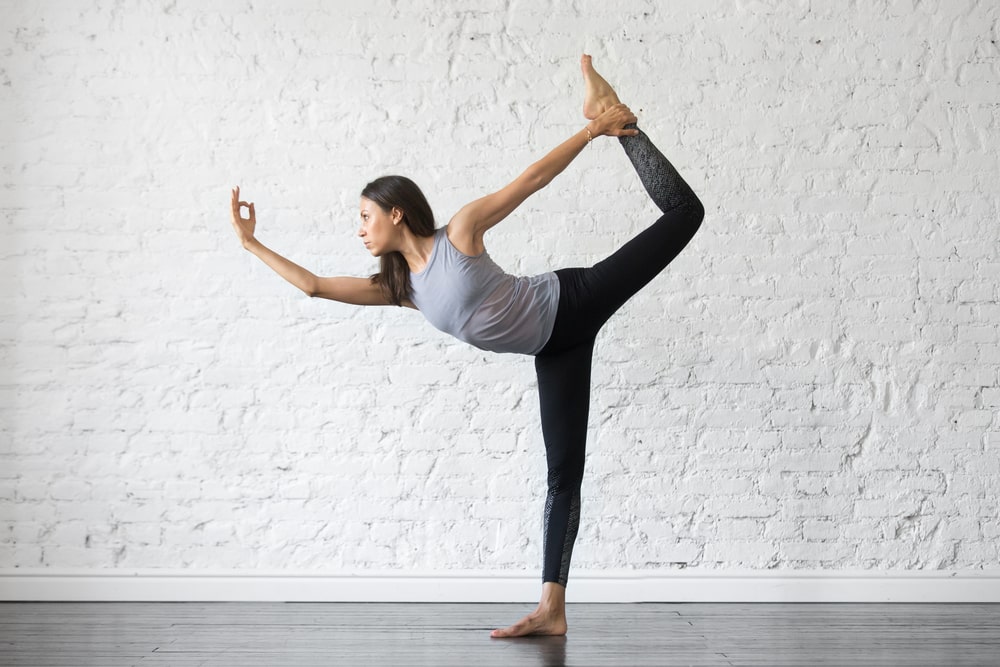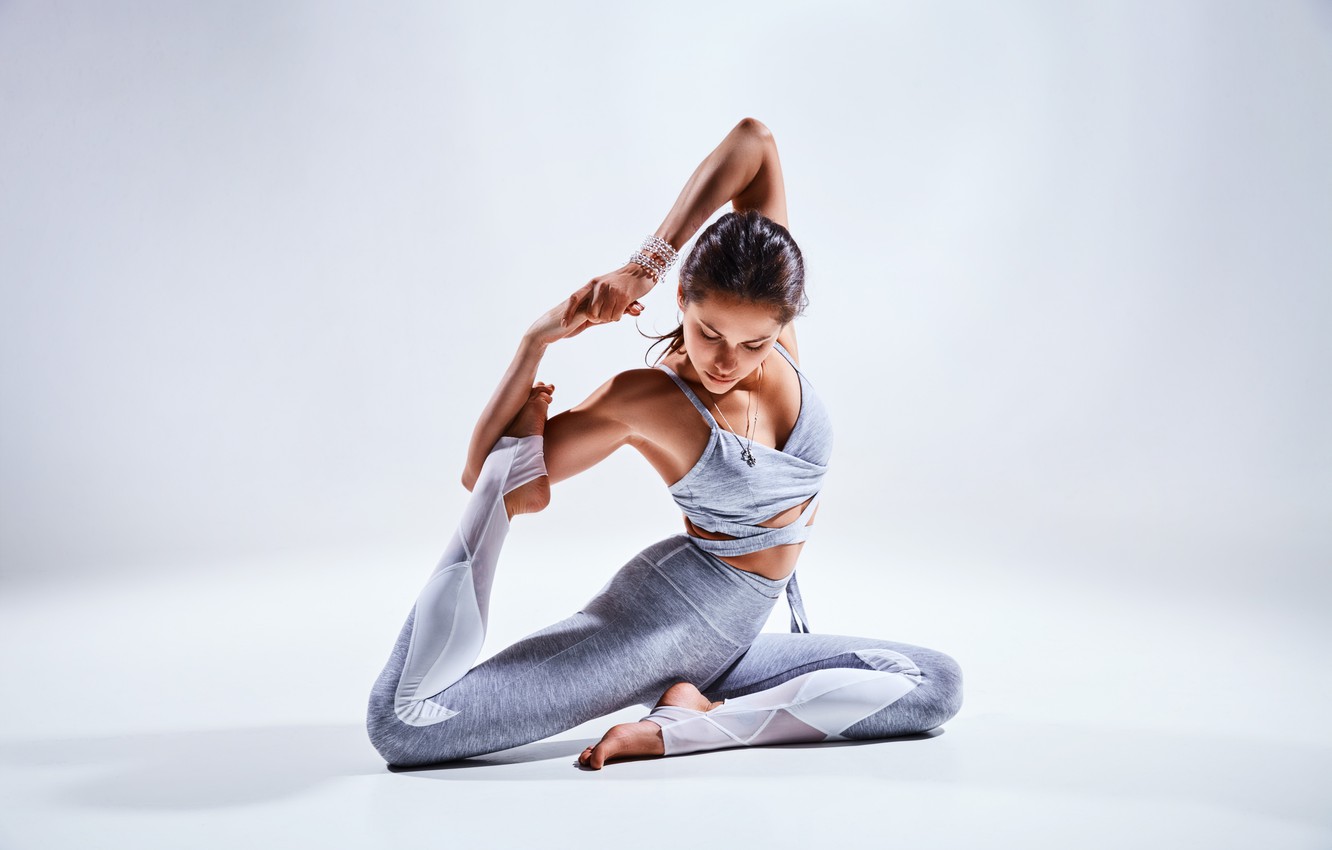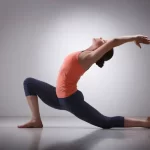Many people drawn to yoga’s benefits of reduced stress, improved flexibility, and increased mind-body awareness, but they are surprised to find that regular yoga practice is challenging. So why is yoga so hard? Let’s talk about the reasons why yoga can be difficult and provides some tips for the question.
Introduction
First of all, yoga requires strength, balance, focus and coordination. Unlike repetitive aerobic exercises, each yoga pose challenges your body in a different way. The mental focus to align each pose takes energy. For these reasons, yoga takes dedication to master.

Reasons That Yoga is Difficult
What makes yoga more demanding than it appears? Here are some of the main causes:
Yoga pose Requires Strength
Yoga builds strength by holding your own bodyweight in balanced positions. Powerful muscles like the core, arms and legs have to work vigorously. This takes conditioning.
Yoga Stretches are Challenging
Yoga involves stretching areas of the body not used to extending fully. Pushing flexibility boundaries strains muscles and connective tissues.
Keep Balance is Hard
Balancing upright on one leg or inversions like handstands requires small stabilizer muscles and laser mental focus – both difficult!

Coordination Takes Practice
Linking breath to movement while getting into precise postures challenges motor planning skills and coordination.
Mental Focus is Demanding
Yoga requires intense inward focus and concentration. Holding mental attention on alignment is grueling.
Variety is Fatiguing
Continuously moving the body in new ways through a sequence of poses demands more from the muscles than repetitive motions.
Tips for Overcoming Yoga Difficulties
Don’t get discouraged if yoga seems too hard at first. Here are some strategies to help overcome the challenges:
Start Slowly
Attend beginner classes, ease into stretches gently, and build up gradually over time as your body adapts.

Use Props
Blocks, straps and blankets help support proper alignment so poses are less taxing as you build strength.
Focus on Breath
Conscious breathing not only links movement, it gives your mind an anchor point to still the mental chatter.
Be Patient
Progress takes time. Let go of expectations, ego, and competition – enjoy the journey of small improvements.
Balance Effort
Follow strenuous flows with gentler Yin-style holding and meditation to avoid fatigue.
Try Restorative Yoga
Supports allow you to relax fully into poses and enjoy benefits without strain.
Develop Mental Fortitude
The mental endurance required will grow over time, like building a muscle.
Modifications are OK
Listen to your body and modify or come out of poses as needed – no pose worth injury!

Common Poses People Find Difficult
While everyone has different capacities, these poses tend to be widespread trouble spots:
- Crow Pose – Balancing all your weight just on hands requires incredible core and arm strength.
- Handstand – Inverting all your weight overhead engages nearly every muscle intensely. Fear factor makes it mentaly taxing.
- Wheel Pose – Bending backward significantly pushes flexibility limits and requires open hip flexors and shoulder girdle strength.
- King Pigeon Pose – The external hip rotation and fold stretches the piriformis and surrounding muscles intensely.
- Standing Splits – Balancing while folding forward demands hamstring flexibility and exceptional control.
Conclusion
Yoga’s multifaceted, all-encompassing nature is what makes it so rewarding – yet difficult to master. But don’t become daunted by the challenges. Meet your body where it’s at, embrace the process, and cultivate the fortitude yoga inherently builds over time. The benefits are immense for those who stick with it.


